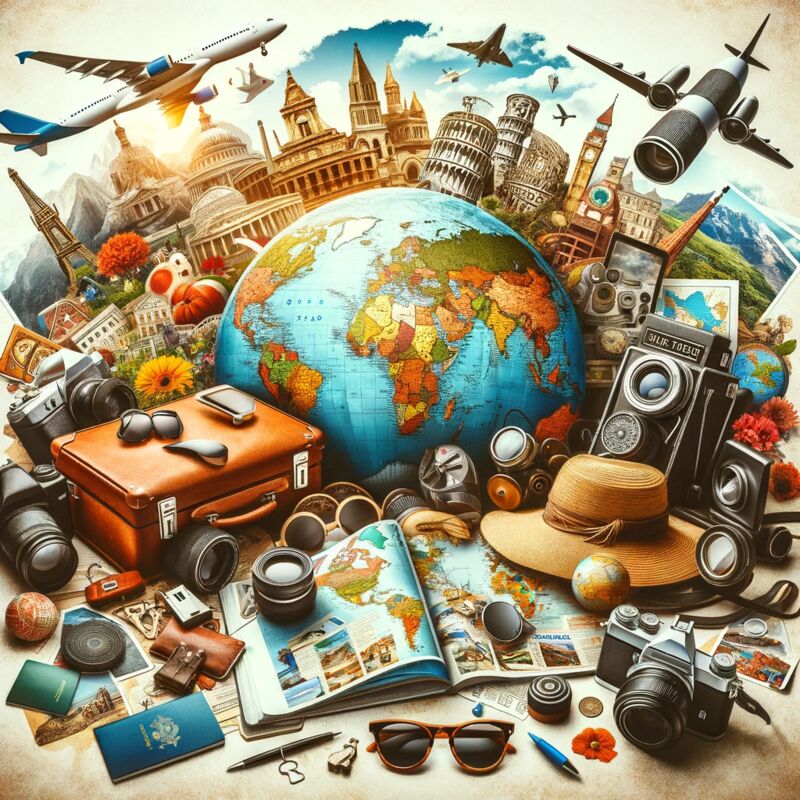Essential Travel Tips for a Memorable Peruvian Adventure
Navigation in Peru
Understanding The Layout: Peru is a diverse country with the Amazon rainforest, the Andes mountains, and the Pacific coast. Major cities like Lima, Cusco, and Arequipa are well-connected through different modes of transportation.
Transport Options:
- Domestic Flights - Ideal for covering vast distances quickly.
- Buses - A more economical choice with extensive networks.
- Taxis and Rideshares - Useful for short distances, but ensure they're official or app-based.
- Trains - Specific routes like Cusco to Machu Picchu are popular for scenic views.








